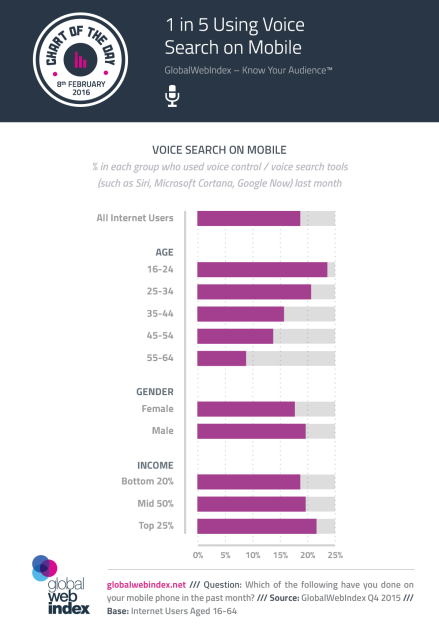In my estimation, I spend roughly two and a half hours each week riding a crowded subway, unable to move and, therefore, unable to look at my phone.

Photo via: Creative Commons
The unwritten rules of the subway dictate that I should NOT, under any circumstances, make eye contact with (or talk to) my fellow commuters, so I am forced to consider other ways to pass the time. Without the ability to scroll mindlessly through my social feeds – as there just isn’t room to move – I am left with no other recourse but to read as many of the advertisements prominently displayed in whichever subway car I happen to be riding in on that particular day. 
In mathematical terms, I am looking at transit ads for 12.5 hours a week, 50 hours a month, and 600 hours a year. In all of that time, however, I have NEVER acted on any of the ads I spend so much time viewing. These numbers led me to consider how it might be possible to use mass transit ads to more effectively capitalize on the captive commuter audience.
There had to be a way, I thought, to use these ads for more than raising awareness of a product, service or cause. I just couldn’t figure it out…that is, until recently during a lecture conducted as part of the Communications@Syracuse Spring 2019 Immersion. The discussion, led by Greg Hedges, vice president of emerging experiences at RAIN, was titled “Voice and the Future of Digital Marketing” and, while it didn’t directly provide a solution to the problem I spend my mornings and afternoons trying to solve, it did make me think that voice may be the answer…with some caveats (SPOILER ALERT: Privacy concerns and accuracy).
As discussed during the immersion, we have advanced far beyond the “Hey Siri, set a timer for…” days of both voice search and voice commerce.
According to search engine optimization (SEO) consultant Bradley Shaw, “consumers are being trained by the likes of Amazon and Apple to just shout out their needs and expect expedited local solutions to accommodate them.”
In other words, people are no longer simply using voice as a novelty, it has become something that delivers value and its importance is only expected to increase in the coming years.
It is entirely conceivable that in the near future voice will be used for the majority of searches and that personal voice assistants will become almost ubiquitous. A recent statistical search analysis by ComScore predicted that 50% of all searches will be accomplished by voice search in 2020. That’s only a year away. For these reasons, smart companies are…or have been…exploring ways to capitalize on these trends…or risk being silenced in the marketplace both literally and figuratively.
Today, however, the majority of the voice revolution is occurring “privately,” meaning within quiet personal spaces. While mobile voice search is on the rise, it has not yet reached widespread adoption….perhaps due to privacy concerns. (Interestingly enough, people are hesitant to engage in mobile voice search or mobile voice commerce in public spaces due to privacy concerns but have no such qualms about talking on their phones about even more personal matters.)
According the a Global Web Index report, privacy is indeed a major factor in a user’s willingness to embrace voice technology. The report notes that “70% of voice tech users are concerned about the internet eroding their personal privacy.”
Despite the privacy concern, which is only exacerbated by being in public while trying to conduct a search or purchase a product using voice, all signs point to the inevitability of widespread public voice search use. This inevitability is largely rooted in our societal dependance of mobile technology.
“Consumers are heavily reliant on the internet for information whenever they need it.
They also display a strong desire to be “connected” at all times and see their smartphone as an essential part of their day-to-day lives; more so than their wallets.”
Once people are able to overcome their hesitancy about purchasing a product they are looking at in a subway ad, for example, the possibilities for on-the-go voice use are unlimited.
This level of comfort is already on display among younger users…Gen Z…currently the largest population segment in the world.
While younger generations are quickly embracing mobile voice search technology (privacy be damned), others are not far behind. Recent statistics show that a third of internet users state they are interested in purchasing a voice-controlled smart assistant and 22% of internet users who buy grocery products are using smart assistants.
Outside of privacy the other concern I have regarding the use of voice is the issue of accuracy. While recognition has undoubtedly reach previously inconceivable levels, with Google now above the 90% marker in voice search capture ability and headed towards near 100%, how accurate can a personal voice assistant be in a crowded, noisy space? Is anyone comfortable risking making the wrong purchase because the search tool was unable to overcome environmental noise? Before there is a secure, 100% reliable way to engage with voice in a “loud” environment, it will be difficult to use mobile voice in certain environments. But…
Back to my original problem…Imagine riding on the subway, ear buds in, unable to move when you spot an ad for a product you NEED to have. Without voice, you’re stuck until you get off the train and, if this is the case, you’ll very likely not take any action to obtain the object of your desire. However, with voice assistant capabilities you’d simply need to say, “Buy X, Ship Home.” Problem solved. This is a use not limited to direct purchase…
“Tell me more about Organization X.”
“Donate to…”
In two stops you’ll be at 53rd and Lexington Ave, for example. “Where should I eat in Midtown East?” The top two suggestions are piped right into your ear.
I use “top two” in the example for a reason. As was explained during the immersion lecture, companies will need to optimize for voice or risk not being seen (heard).
This means changing the keywords an organization uses in its SEO efforts.
More and more people are opting to speak rather than type their searches and this means keywords must change.
Focus is key in the age of voice search. No longer will it be enough to be on the “first page.” You need to be one of the top options to ensure relevance in the age of voice.
Smart organizations will figure out a way to give voice to their product service or cause or get left behind.





















